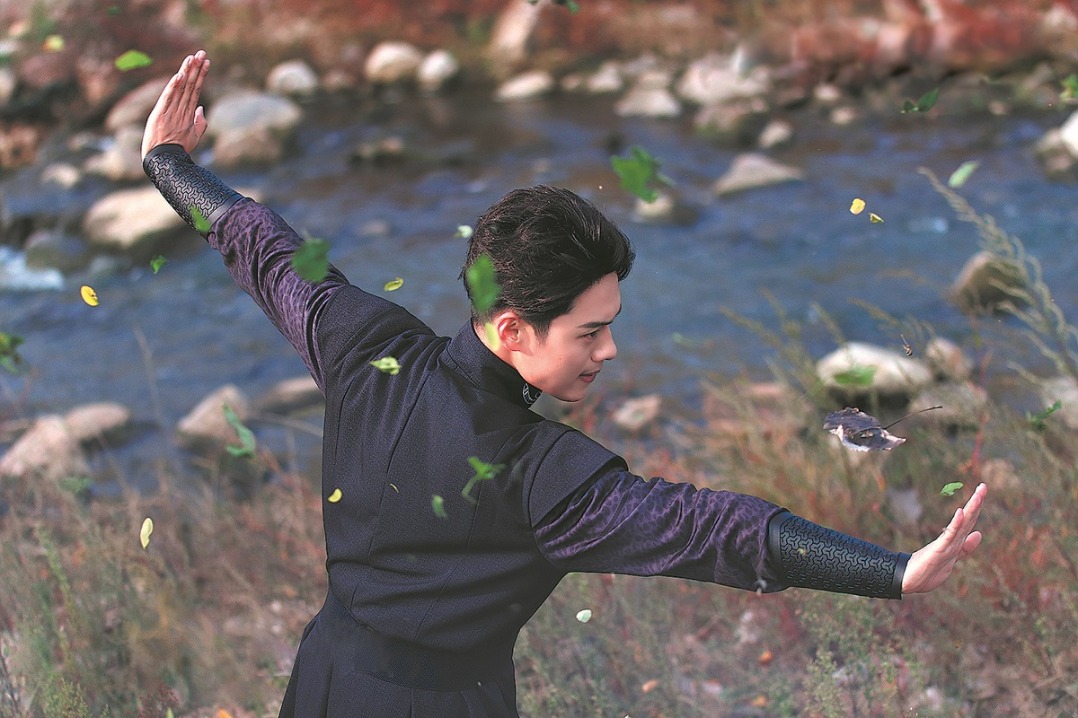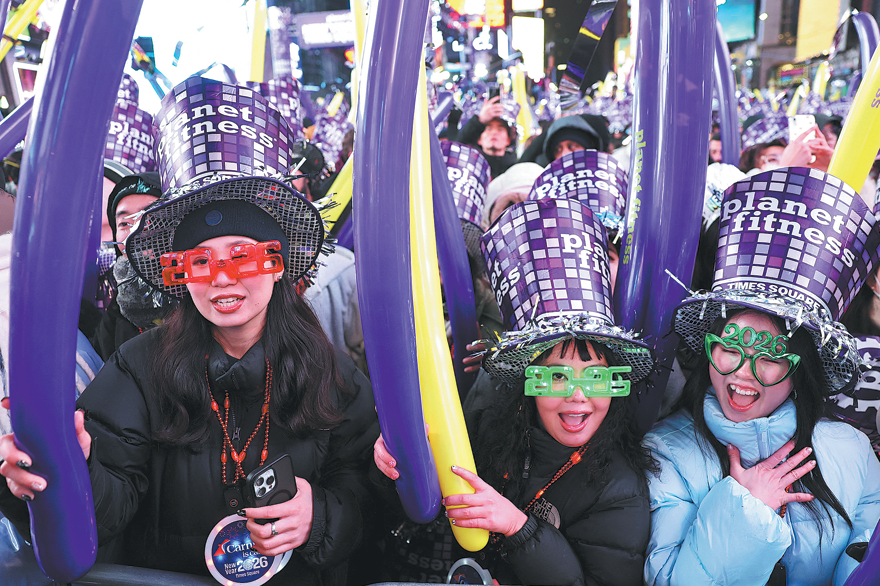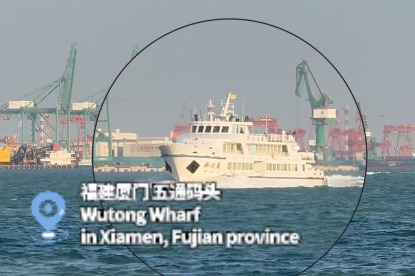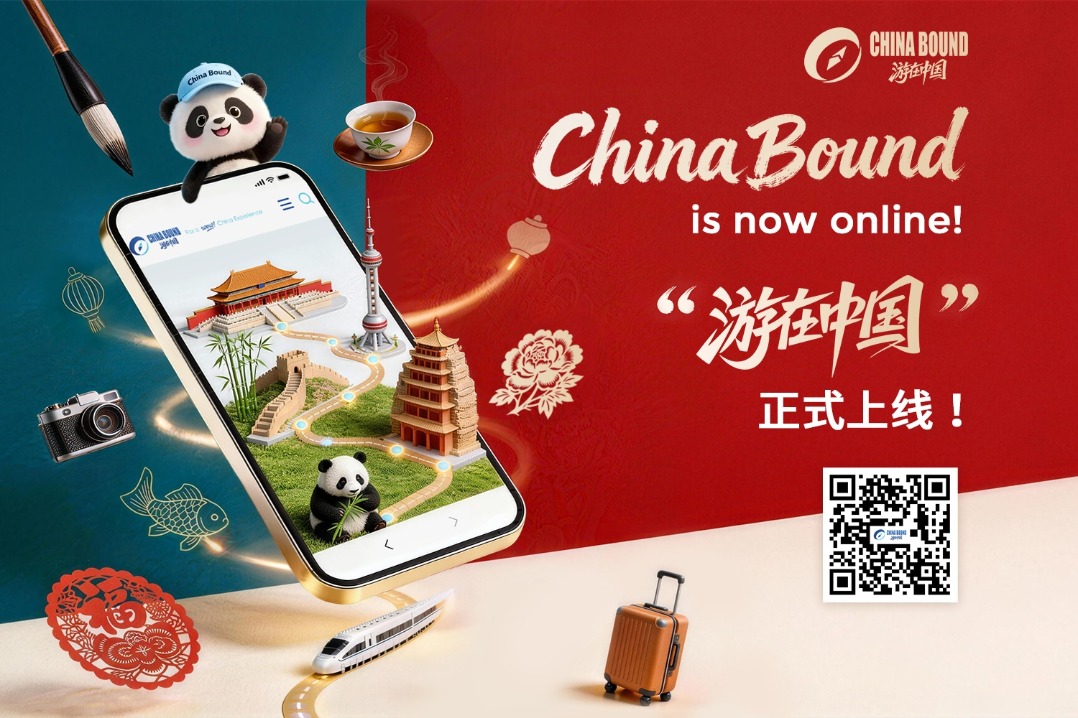Sino-African cultural exchanges play key role
By Lewis Ndichu | China Daily Global | Updated: 2019-10-29 09:45
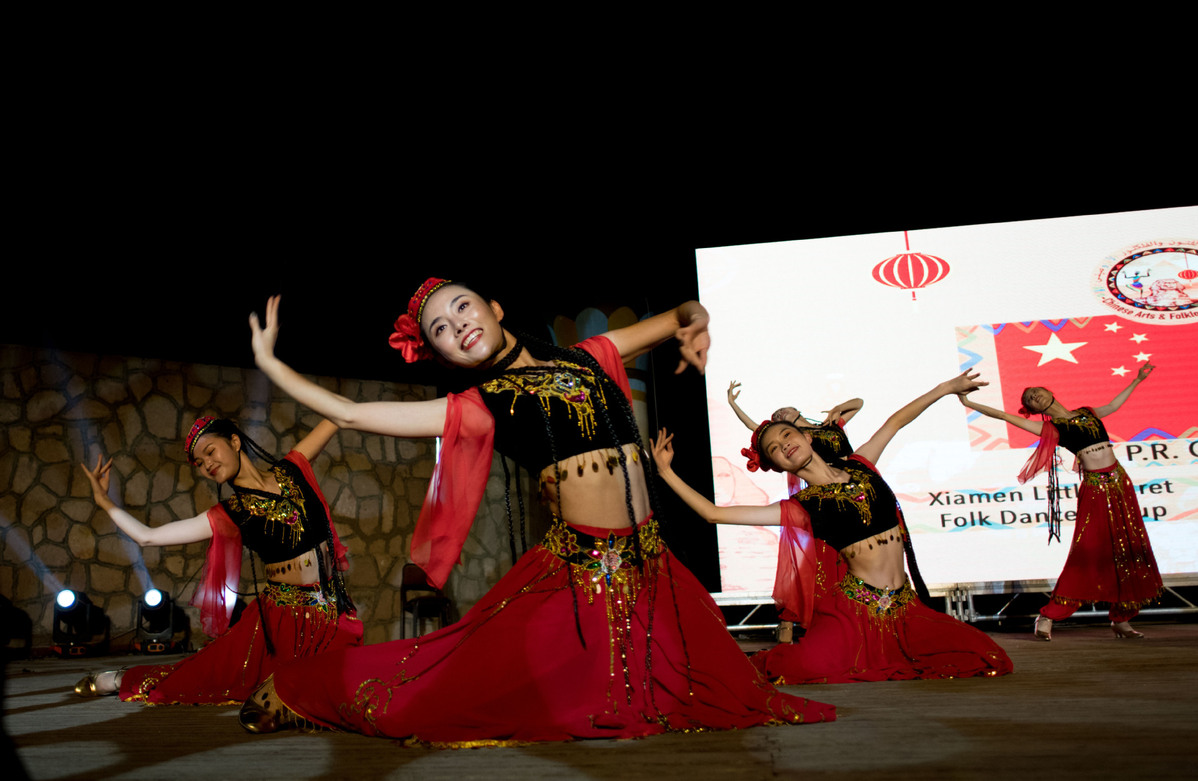
Over the years, China-Africa cultural exchanges have played a key role in promoting cooperation and friendship between China and Africa.
In 1955, China and Egypt signed the Summary of Talks on Cultural Cooperation, the first cultural agreement between China and Africa. In the 1960s and 1970s, the Chinese Cultural and Art Ensemble visited Africa on many occasions, setting the pace for a new era in cultural relations.
Between 1997 and 2001, China received 28 ministerial-level cultural delegations from Africa and sent seven cultural delegations to 17 African countries, laying the foundation for cultural relations between the two civilizations.
In 2007, at the 17th National Congress of the Communist Party of China in Beijing, then president Hu Jintao described enhancing cultural ties as part of Chinese soft power to better guarantee people's basic cultural rights and interests. Since then, China has spared no effort in strengthening its cultural diplomacy.
The internationalization of Chinese media, strengthening of Chinese movies and spreading of Confucius Institutes - nonprofit public institutions affiliated with the Ministry of Education of the People's Republic of China, whose aim is to promote Chinese language and culture - are prominent efforts in this direction.
China has committed to more than 70 agreements on cultural exchanges and cooperation in 45 African countries. Under the Forum on China-Africa Cooperation, an official forum between China and African states, the two sides have organized more than 200 cultural exchange delegations and hosted hundreds of cultural and art exchange events.
Sino-African cooperation has also been showcased through sports, film, media, publications and training and exchange of art professionals.
China and Africa have held more than 300 art exhibitions. On April 30, the 2nd Belt and Road Afro-Sino Art Exhibition opened in Zimbabwe's capital, Harare, with more than 120 pieces of art from China and Africa on display.
In July, a caricature exhibition on Chinese philosopher Laozi was displayed in Egypt, showcasing more than 30 works by 40 artists from 18 countries, including China, Egypt, Spain and Brazil.
In October last year, China hosted the First Belt and Road Afro-Sino Art Exchange Exhibition and Afro-Sino Cultural Forum, in which more than 40 African artists, including those from Kenya, Rwanda, Zimbabwe and Tanzania, displayed over 110 works. These included oil paintings, chalk drawings and sculptures depicting the Belt and Road Initiative and contemporary African life.
Among the commonalities of the two sides are a belief in collectivism and an emphasis on an individual's obedience to collective decisions.
Furthermore, cultural diversity is a result of the mindset of people inhabiting different regions of the world.
Direct flights to China and Africa have jumped over 600 percent between 2012 and 2018. According to the China Africa Research Initiative, a research program dedicated to understanding the political and economic aspects of China-Africa relations, 200,000 Chinese construction workers, engineers, translators and company executives traveled to Africa in 2017.
And more than 120,000 Kenyans have traveled to Guangzhou since 2015.
For thousands of years, China and Africa have created colorful and unique cultures with writers, anthropologists, dancers, singers, sculptors and sports stars.
The profound cultures from two sides have a strong appeal. But the platform to provide learning, exchanges and intellectual dialogue about the two cultures is limited.
The first step in addressing these constraints should be the creation of a platform so that both civilizations can engage in dialogue and exchange on an equal footing, in order to facilitate mutual learning. After all, both cultures and their traditional values are, in essence, very close.
Second, stressing the importance of production and diffusion of research about cultural and scientific exchanges, especially along the Silk Road, will allow people to share their vision of the Silk Road through art, film and photography. Therefore, scaling up the youth research grant and strengthening artistic programs such as "Youth Eyes on the Silk Roads" is necessary for promotion of dialogue.
Finally, reinforcing the capacity and contribution of researchers on specific areas of cultural and people-to-people exchanges will go a long way in defining cultural exchanges and people-to-people interactions in the next phase of Sino-African engagement.
The author is a research and policy analyst at the Africa Policy Institute. The views do not necessarily reflect those of China Daily.





